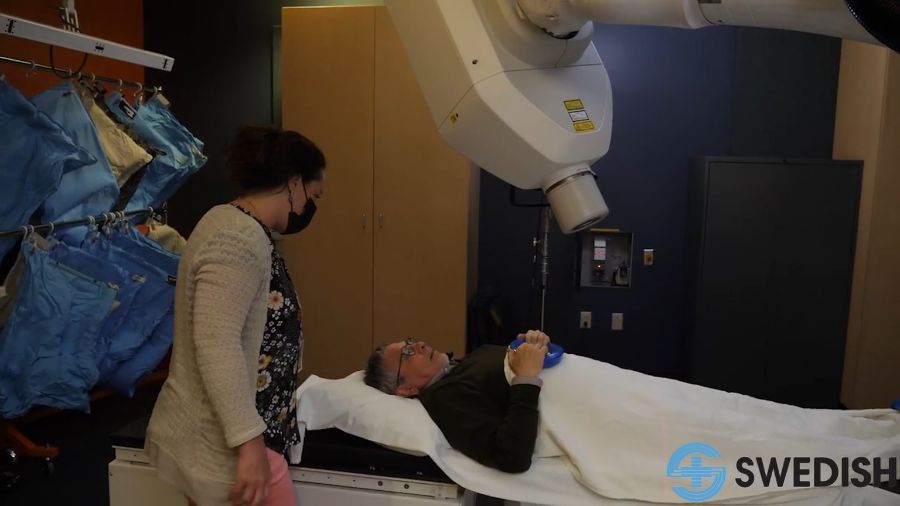Sullivan: A guide to Restricted Parking Zones for any confused drivers
Apr 23, 2024, 6:56 AM | Updated: 8:31 am

A sign displaying Seattle's Restricting Parking Zone Program strategy in certain areas and neighborhoods. (Photo: Chris Sullivan, KIRO Newsradio)
(Photo: Chris Sullivan, KIRO Newsradio)
Deciphering the language on some parking signs can be difficult, and I am here to answer any questions regarding Restricted Parking Zones.
This isn’t a case of some of those parking poles we all have seen, where there are multiple signs instructing drivers what they can and cannot do. But 97.3 KIRO FM listener Allison asked me about a sign she saw in Seattle’s Roosevelt neighborhood.
More from Chokepoints: I-405 expansion to widen freeway in Bothell is underway
The sign is for two-hour parking from 7 a.m. to 6 p.m., excluding Sundays, holidays and those with a zone parking permit.
“What does it mean for parking after 6 p.m.?” Allison asked. “Is it implying that anyone may park for over two hours, or that you must have a zone permit to park for any time after 6 p.m.?”
I reached out to the Seattle Department of Transportation (SDOT) for a full explanation.
This one is pretty simple. After 6 p.m., anyone can park in those spots. No permit is needed. Drivers just need to move their cars before the time limit expires the next morning. So if you parked at 6 p.m., you would have until 9 a.m. the next morning to move your car without fear of getting a ticket.
And just a reminder, drivers can only park in the same spot for 72 hours total, even with a restricted parking zone permit.
More from Chris Sullivan: It’s not the whole enchilada, but light rail to roll on Eastside this month
“Parking time limits are one of the ways that we help manage parking demand in popular neighborhoods to help make sure that parking spaces are available when people need them,” SDOT stated. “Restricted Parking Zones help ease parking congestion in residential neighborhoods while balancing the needs of all people to be able to use the public streets. During the times when the permit restrictions are in effect, it prioritizes on-street parking for neighborhood residents so that they can leave their cars on the street if they are at home or getting around without a car while providing short-term parking options for people visiting businesses, schools, churches, parks and other nearby destinations.”
For more information about the Restricted Parking Zone Program and how residents can obtain a permit, check out SDOT’s page here.
Check out more of Chris’ Chokepoints here. You can also follow Chris on X, formerly known as Twitter. Head here to follow KIRO Newsradio Traffic’s profile on X.













